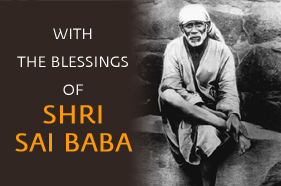Gurusthan
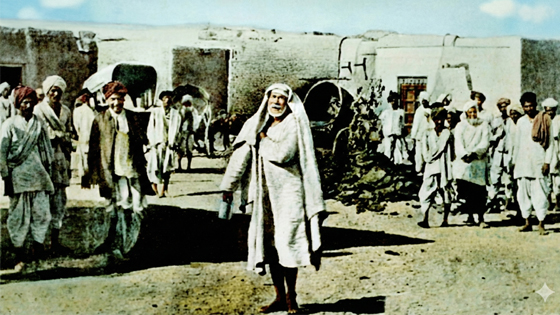
Gurusthan means “place of the Guru”. It is both where Baba spent most of his time when he first came to Shirdi, and also where, according to Baba, the tomb of his own Guru is located by the neem tree.
Once when some villagers were digging the foundations for Sathe Wada just behind the neem tree, they came across some bricks in the soil and what looked like the opening of a tunnel. Uncertain whether to proceed or not, they asked Baba what they should do. He told them that this was the site of the tombs of his ancestors and that it would be better not to disturb them.
There are several references to Baba’s Guru recorded in the literature, but they are somewhat enigmatic, and it is not clear whether he was referring to a Guru in his present lifetime, or a previous one.
The first thing that catches the devotee’s eye at Gurusthan is the huge neem tree. This tree gave shelter to Baba for a few years when he stayed beneath it. Neem has many medicinal properties, though its leaves are notoriously bitter. However, some people once reported that the leaves of one of the branches tasted sweet. For them it was a sign of Baba’s grace; others see it as evidence of the tree’s exceptional sanctity.
One incident concerning the neem tree illustrates how practical and down-to-earth Baba could be. In the early 1900s, after Baba had moved to the mosque, construction work on Sathe Wada was hampered by a long branch of the tree. However, nobody wanted to remove it, as this tree had been sanctified by Baba’s stay under it. When Baba was approached for his advice he told the villagers, “Cut off however much is interfering with the construction. Even if it is our own fetus which is lying across the womb, we must cut it !”. But despite this clear instruction from Baba, none dared to meddle with the tree. Eventually Baba himself climbed up and lopped off the branch.
Another reason for the villagers’ reluctance to prune the tree may have been that some time previously a boy had climbed the tree to trim it, and had fallen to the ground and died. At that moment, Baba, who was in the mosque, sounded a note of distress, blowing shankh (the sound a conch shell makes when blown into) with his cupped hands. Baba sometimes did this when a person was in great danger, although he could not have “seen” from the mosque what was occurring at Gurusthan. Villagers linked the boy’s death with his attempt to cut the tree, and became afraid to do anything to it that might have been a sacrilege.
The padukas were made in Bombay and sent to Shirdi. When they arrived, Baba commented that they were “Allah’s padukas” and should be placed in Gurusthan on a particular day. The padukas were duly installed in a solemn ceremony on the August full moon day (15th) of 1912, having been carried in procession from Khandoba Temple (it was G. K. Dixit who bore them on His head).
At this time, arati was already being performed every day in Sathe Wada and Dixit Wada. With the installation of the padukas, a third arati was started, at Gurusthan and G. K. Dixit was employed to officiate.
Gurusthan A few months after their installation the padukas were damaged by a lunatic who also destroyed some of Shirdi’s temple idols. The devotees were very distressed, believing it augured ill. Baba, however, took the matter casually and told them simply to repair the crack with cement and undertake a poor-feeding. In fact, the broken padukas were later replaced and the originals are said to be in the pedestal underneath.
The shivling was installed in Gurusthan the same year. It had previously belonged to Megha Sham, a zealous devotee of Shri Sai Baba, who had taken over officiating the arati in the mosque after the demise of Tatyasaheb Noolkar. How Megha acquired the shivaling is a beautiful example of Baba’s leela:
Megha was a simple, austere Gujarathi Brahmin, who worshipped Shiva but saw his chosen deity in Sai Baba. Characteristically, Baba encouraged his devotee to maintain his worship of Shiva. One day Baba blessed him with a vision, appearing to him early one morning telling him to draw a trident (emblem of Shiva) and leaving behind a few grains of rice (the kind that are used in puja). When Megha went to him in the mosque Baba emphatically confirmed the instruction, and Megha returned to his room to carry it out. The next day someone presented a shivling to Baba. Baba called Megha over saying, “Look, Shiva has come for you!” and giving the shivaling to Megha, told him to use it for worship.
At that time, Megha was staying in Dixit Wada. He took the shivling home with him and showed it to H. S. Dixit. Dixit then disclosed that he had just had a vision of the very same shivling arriving at the wada! Megha worshipped this shivling with great dedication until the end of his days. When the padukas were to be installed, the devotees wanted to take the opportunity to put a shivling there too. If there was a tomb here as Baba had said, then according to Hindu custom, it required a shivling. They therefore asked Baba’s permission, and he said they could use the shivaling that Megha had worshipped until his death at the beginning of that year. So the shivling that we see there now is the same one that Baba lovingly handed over to Megha.
During Baba’s lifetime, Gurusthan was completely open and looked quite different from the fully paved and enclosed area it has now become. Shri Sai Baba said that whoever burns incense and cleans here on Thursdays and Fridays would be blessed by Allah (Thursday is sacred to Hindus, and Friday to Muslims). We assume that out of love and respect for his Guru, Baba wishes the place to be venerated and kept clean.
A small dhuni on a stand is kept in front of the shrine here. Until recently it was kindled every day by embers brought from the main dhuni at the mosque, but this is now done only on Thursdays and Fridays.
Finally, before we leave Gurusthan, let us return to the mighty neem tree. Since the 1980’s more and more devotees have started doing pradakshina around the tree (and thereby the tomb). Now, one can often see large numbers of people going around throughout the day and night. Others find that Gurusthan is a powerful place to sit quietly. Some people regard the tree as a symbol of the Guru’s grace under which humanity may take shelter and protection. Indeed, Sai Baba once commented that his devotees are simply resting in the shade of the neem tree while he bears the brunt of their deeds.
Just across from Gurusthan, to the east of Dixit Wada opposite the neem tree, near to where an open theatre has recently been built, there used to be a takia or small shed. A takia is a resting place for visiting fakirs and Baba also sometimes spent the night here when he first came to Shirdi.
Sai Baba had a great love of music and dance. In his early days he would often go by the takia and sing devotional songs, usually in Arabic or Persian, or the (Hindi) songs of Kabir. His voice is described as “very sweet and appealing”. Sometimes he would put on bells and anklets and dance around in ecstasy while singing, probably in the company of visiting fakirs who were putting up here for a night or two. Even though the takia is not there any more, one can easily imagine the scenes of ecstatic devotion that were creatively enacted here during the night hours.

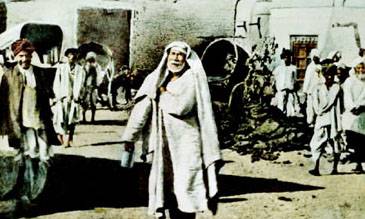
Sai Baba Temple
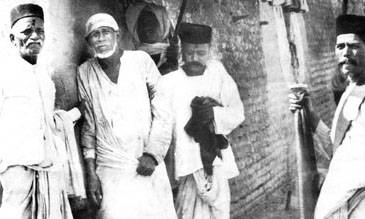
Gurusthan
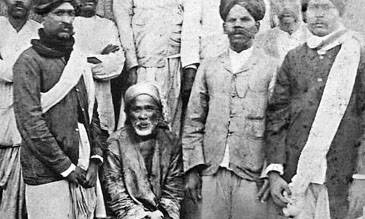
Dwarkamai
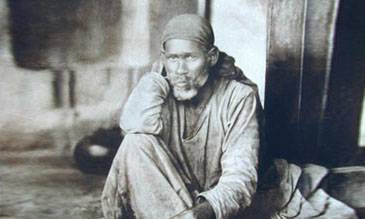
Chavadi
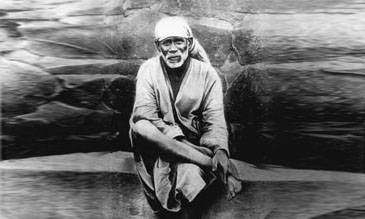
Sai 9 Thursday VRAT
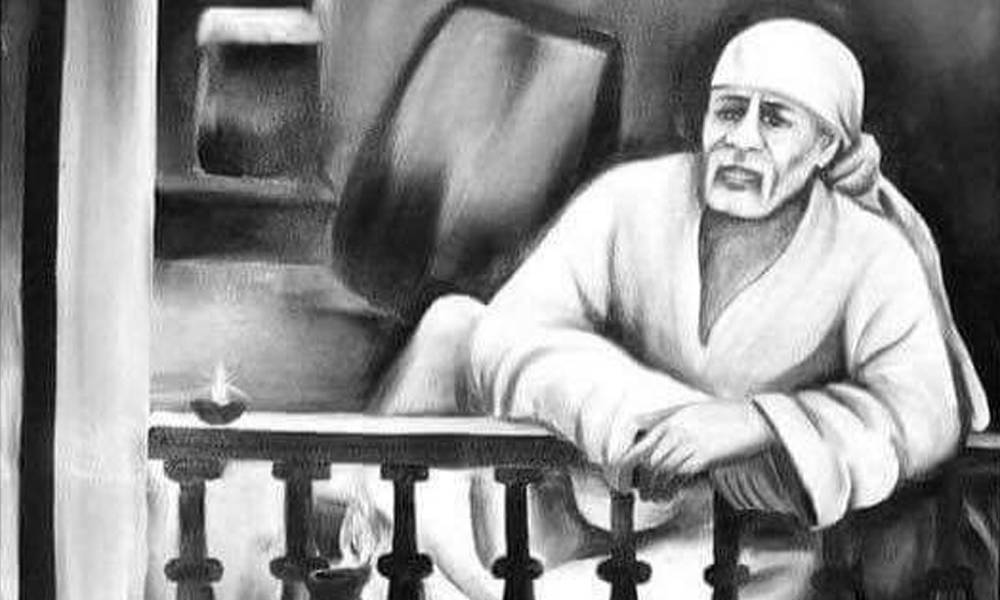
Sai Baba 11 Assurances
Annadhanam (Free Prasad Bhojan)
During Weddings, Birthdays and Special Occasions, make a sacred offering of food, which will provide sustenance for worshippers in the Shri Saibaba Sansthan Trust.
In honor of your ancestors, make a sacred offering of food, which will provide sustenance for worshippers in the Shri Saibaba Sansthan Trust.
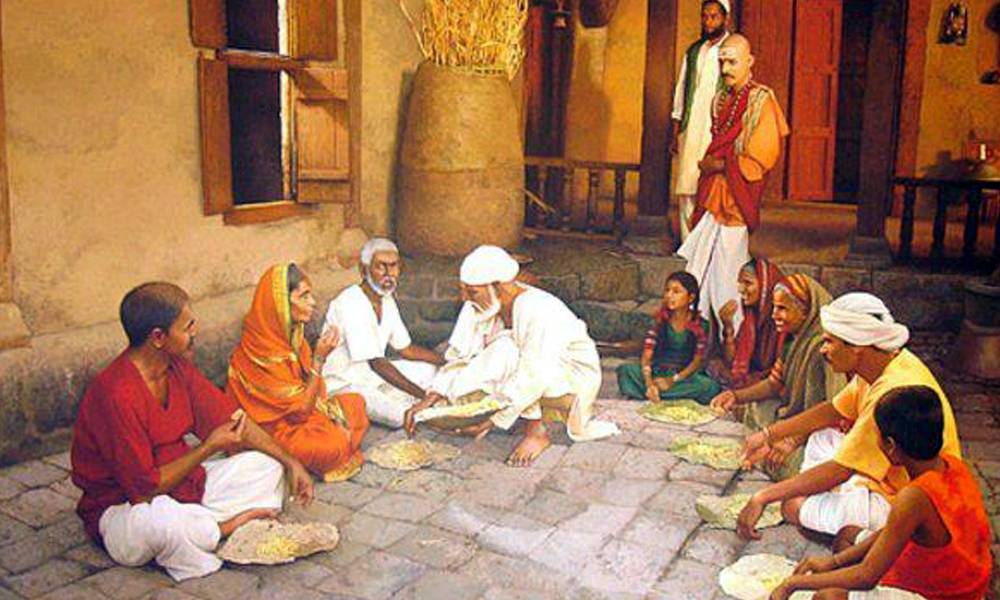

 Subscribe
Subscribe
